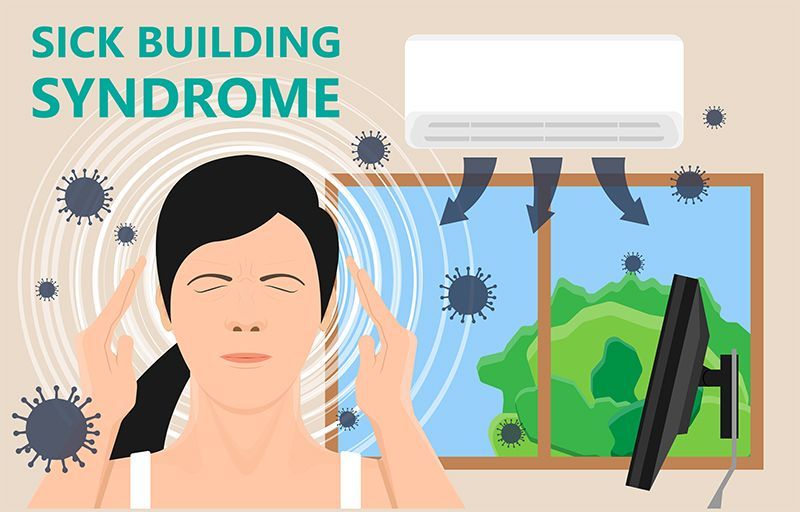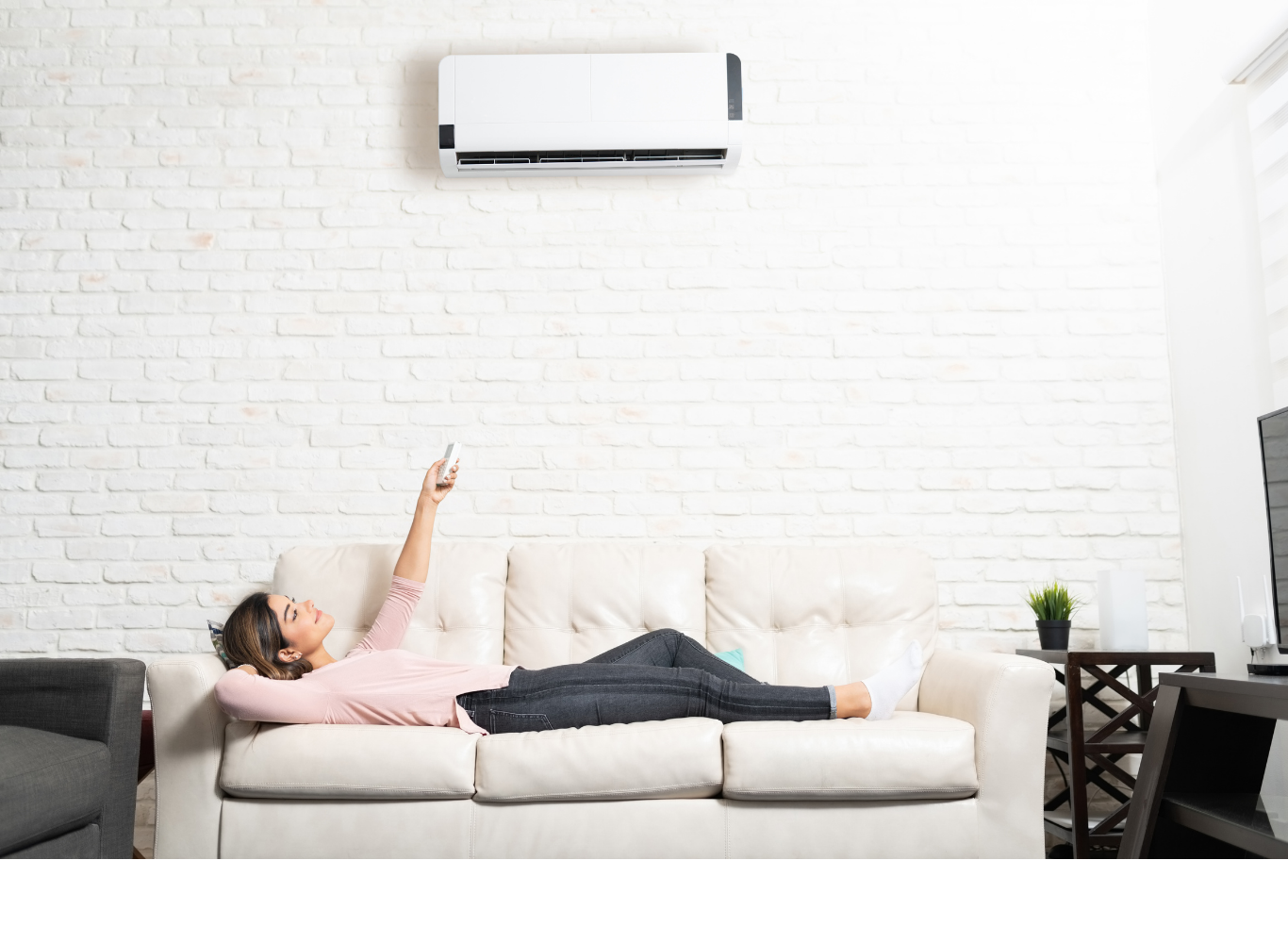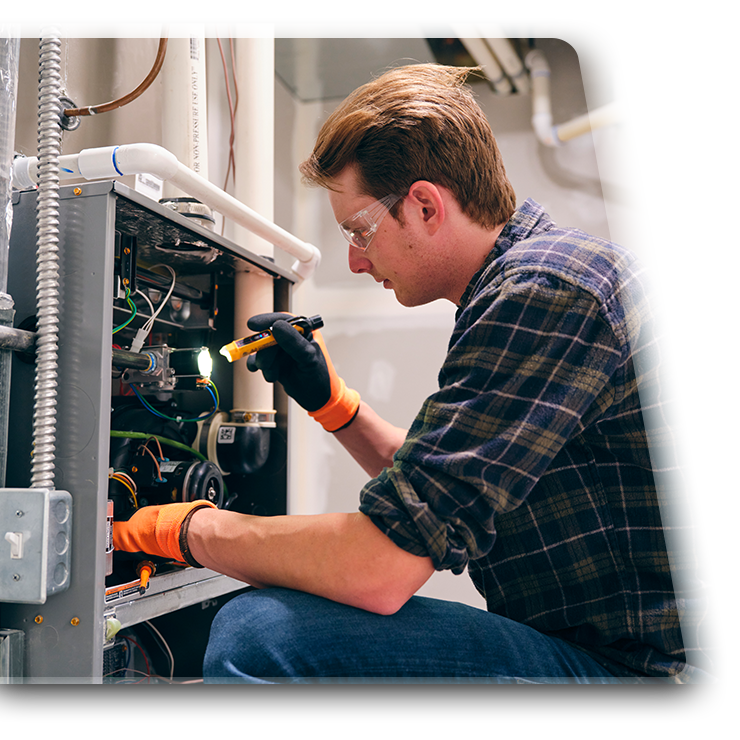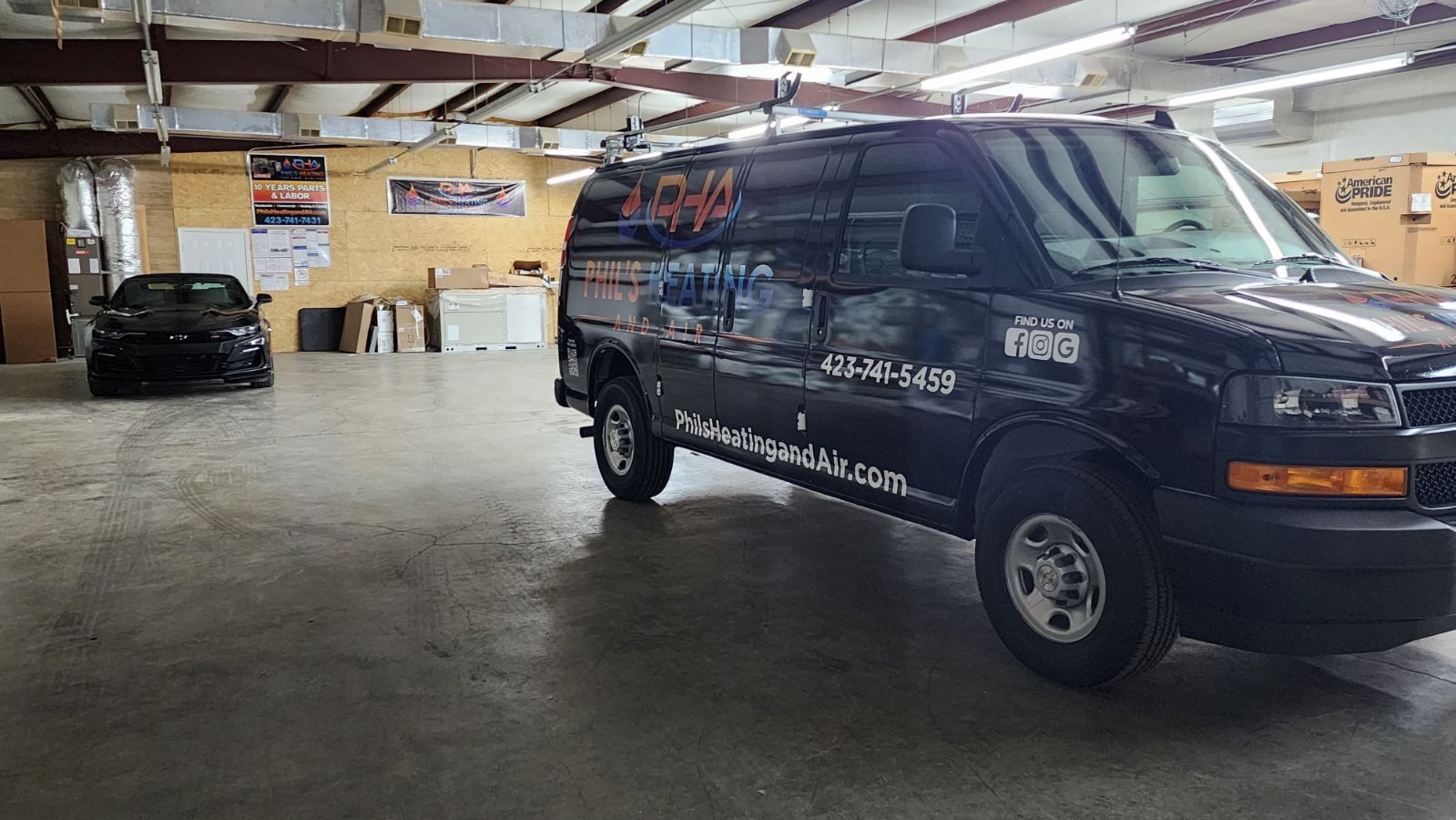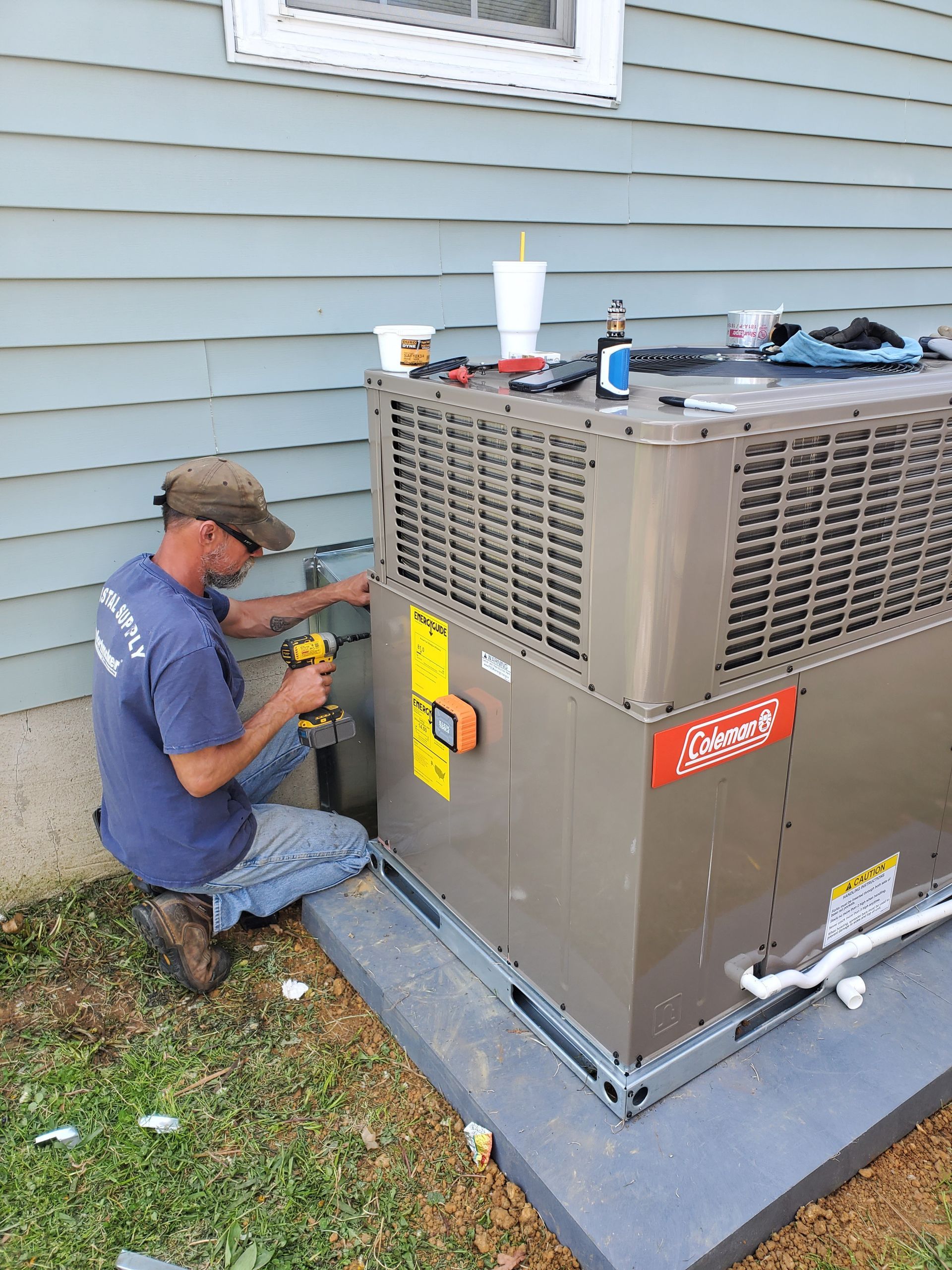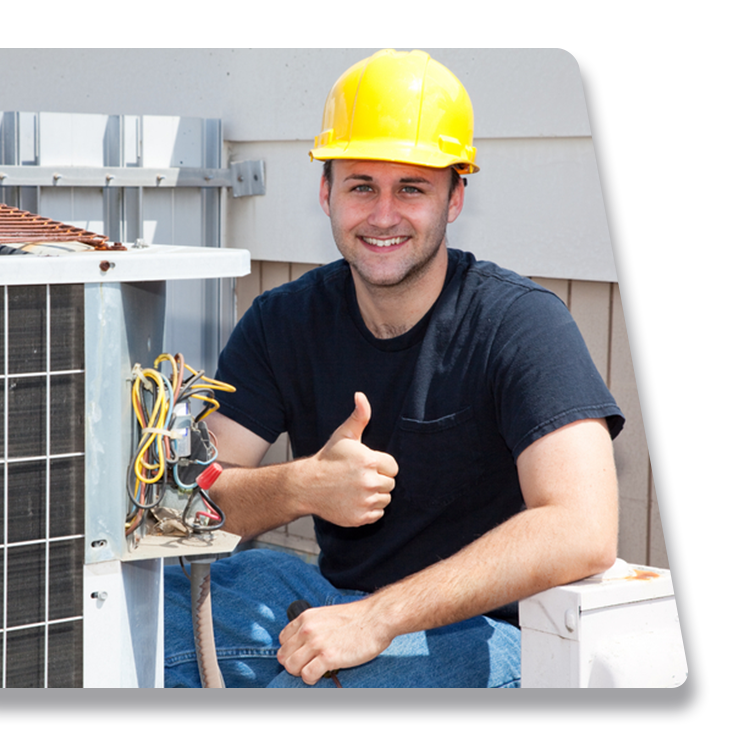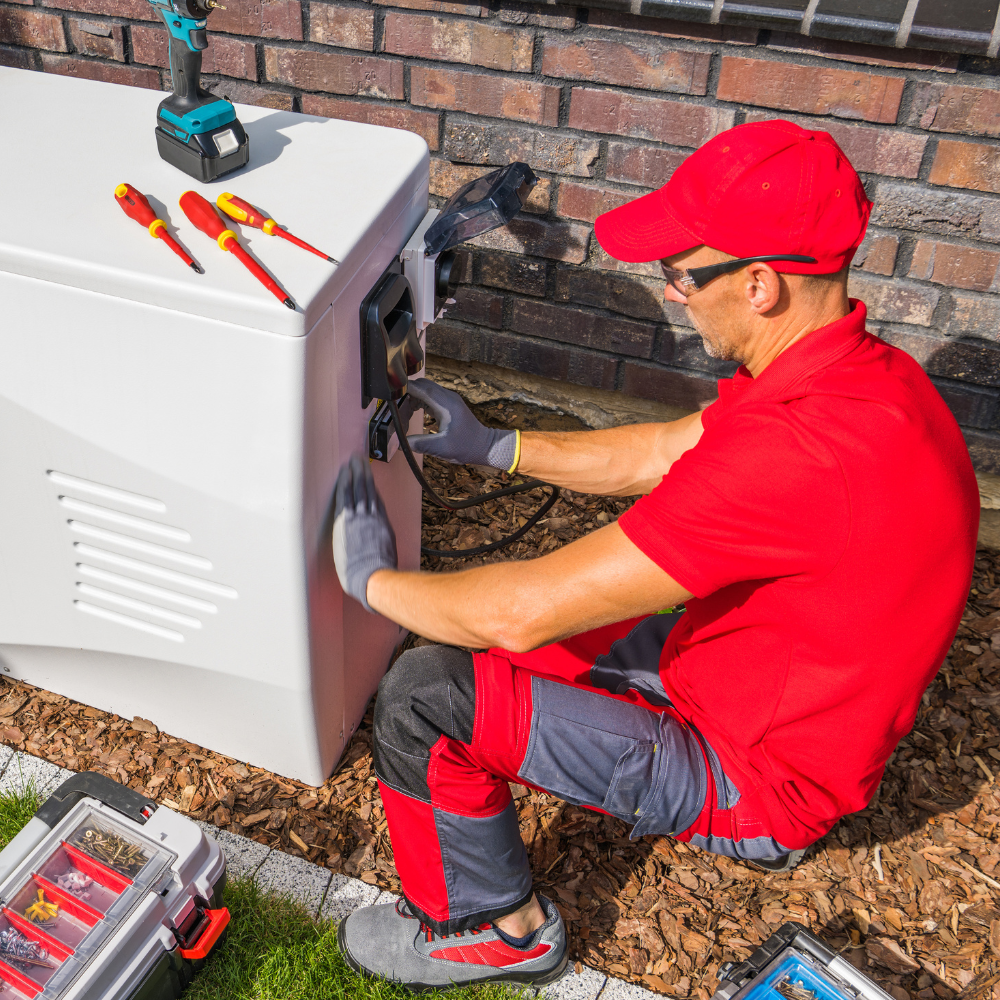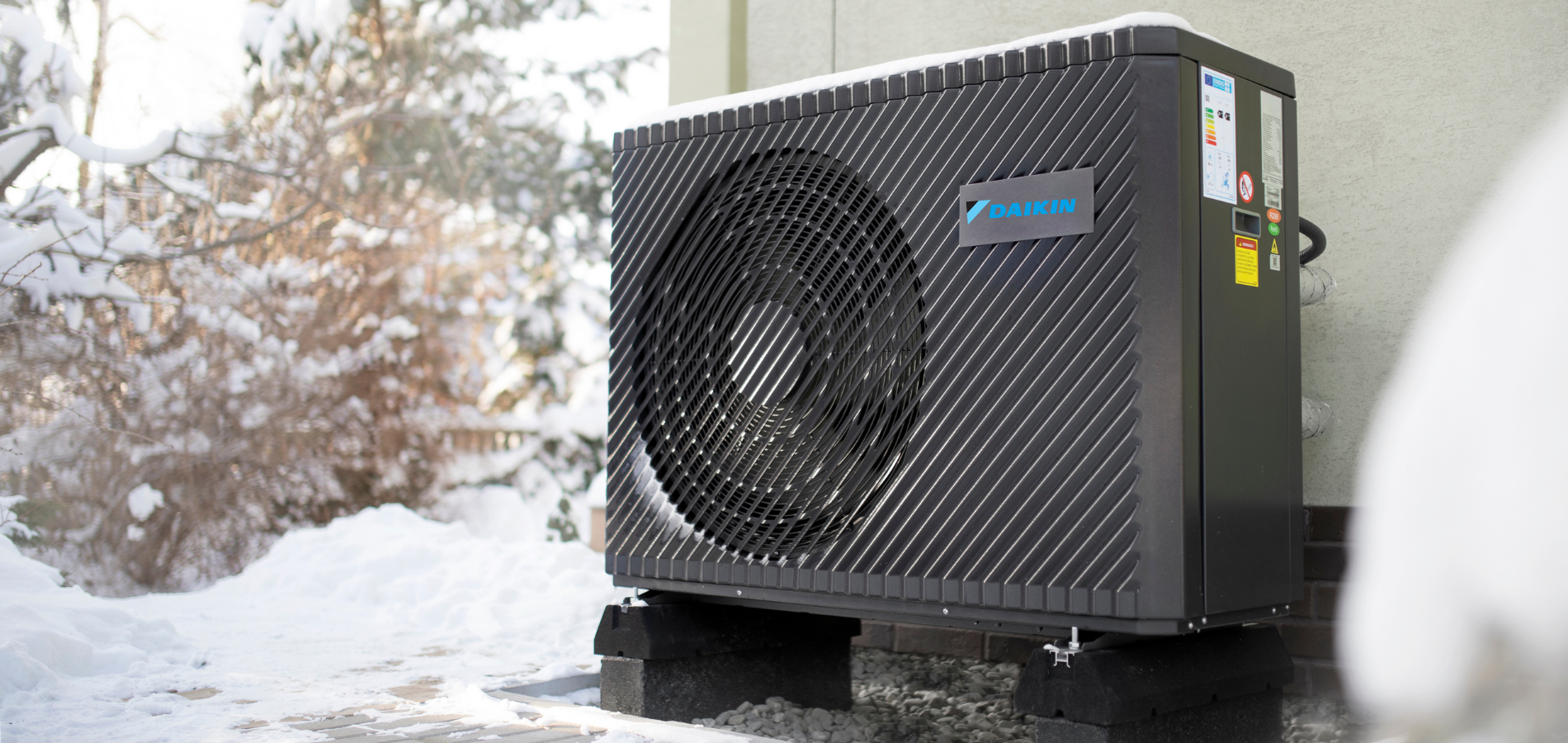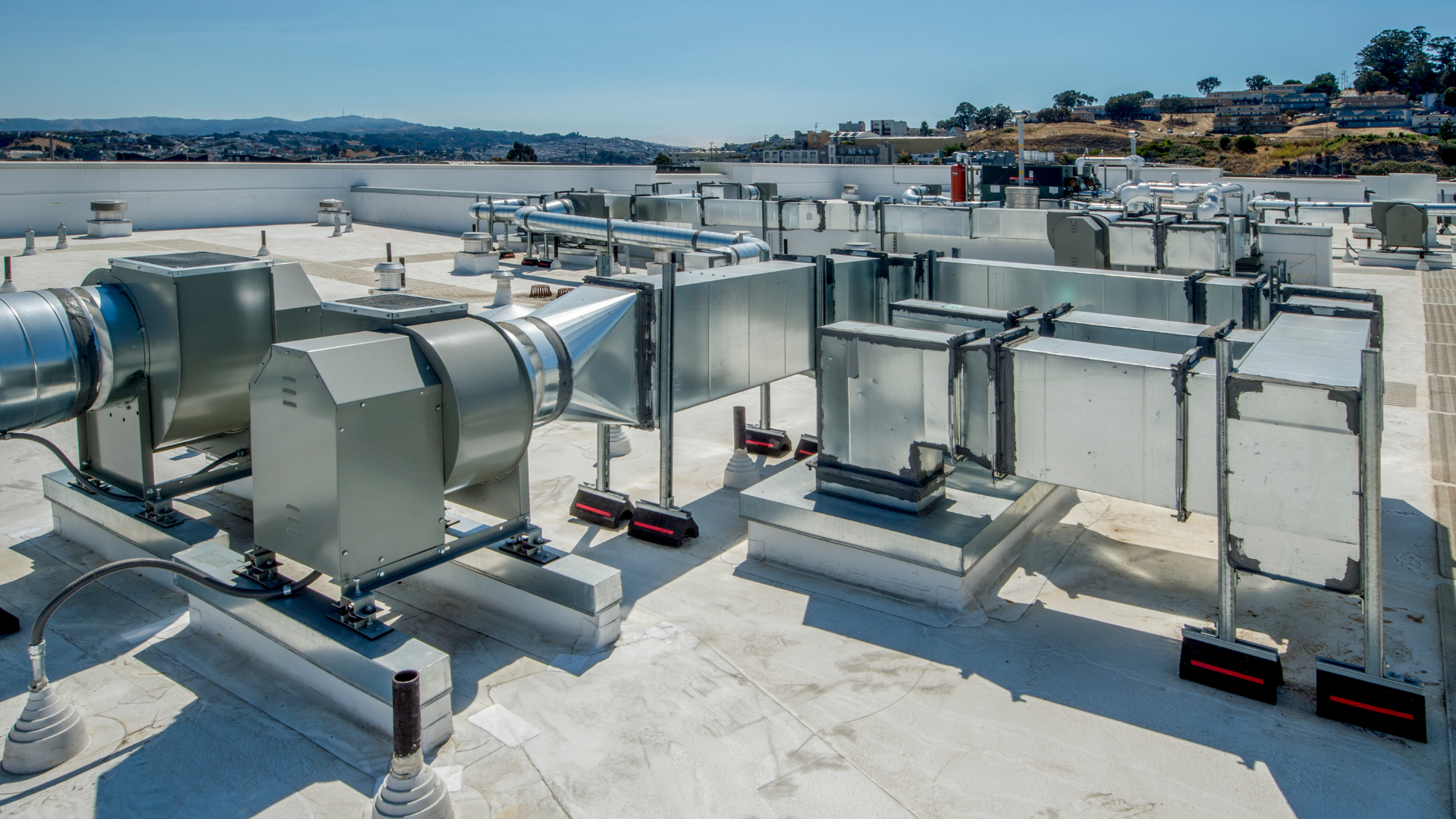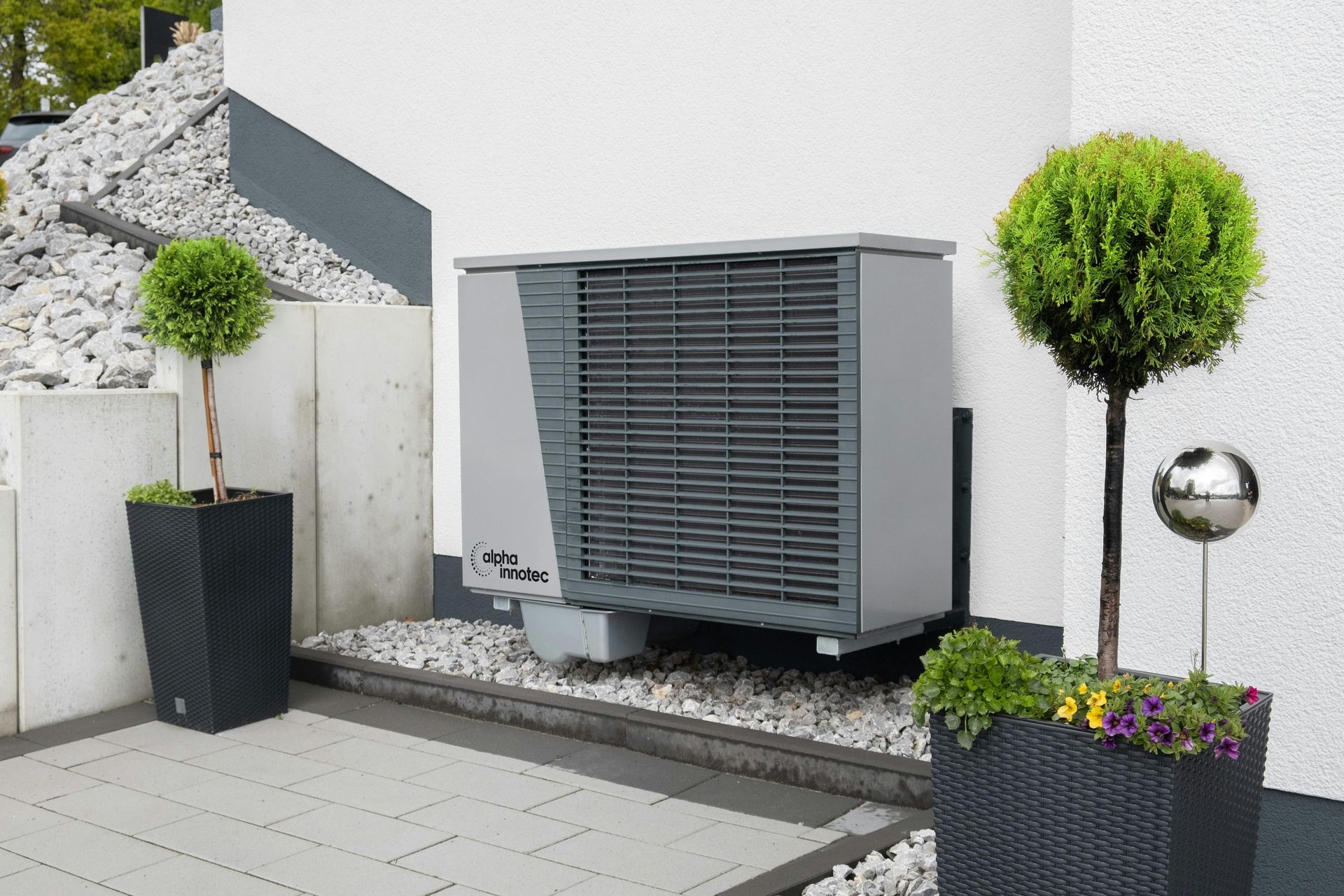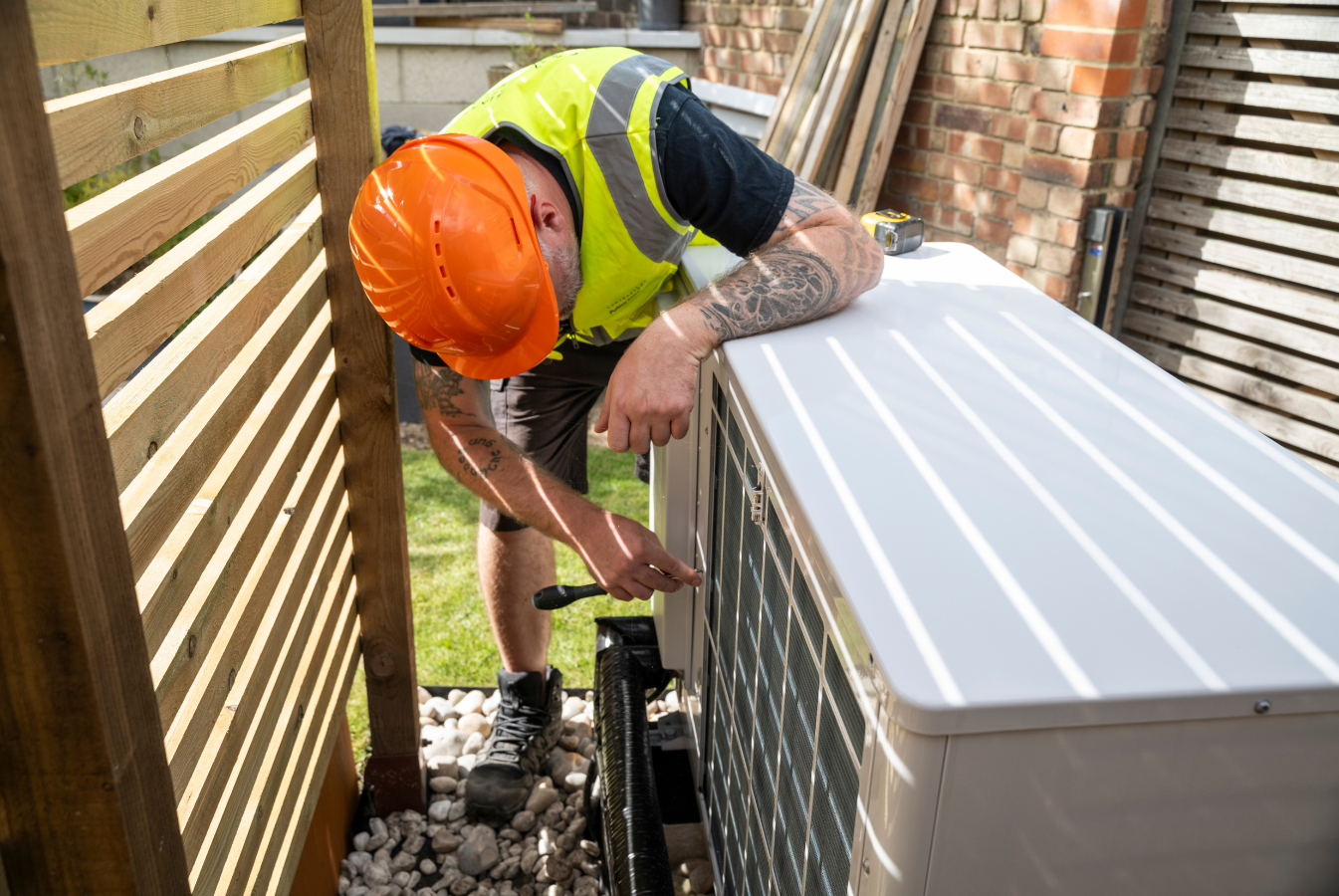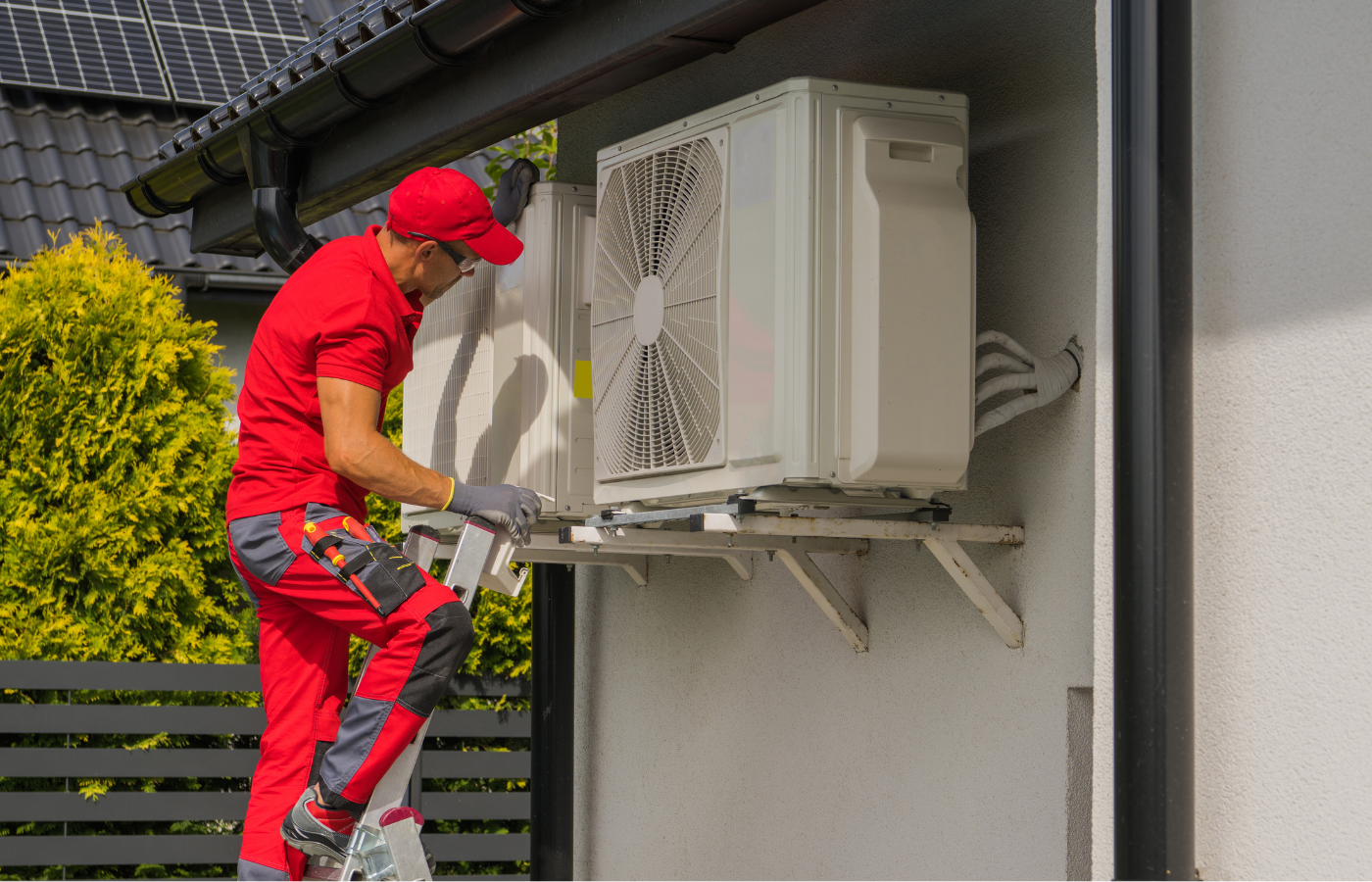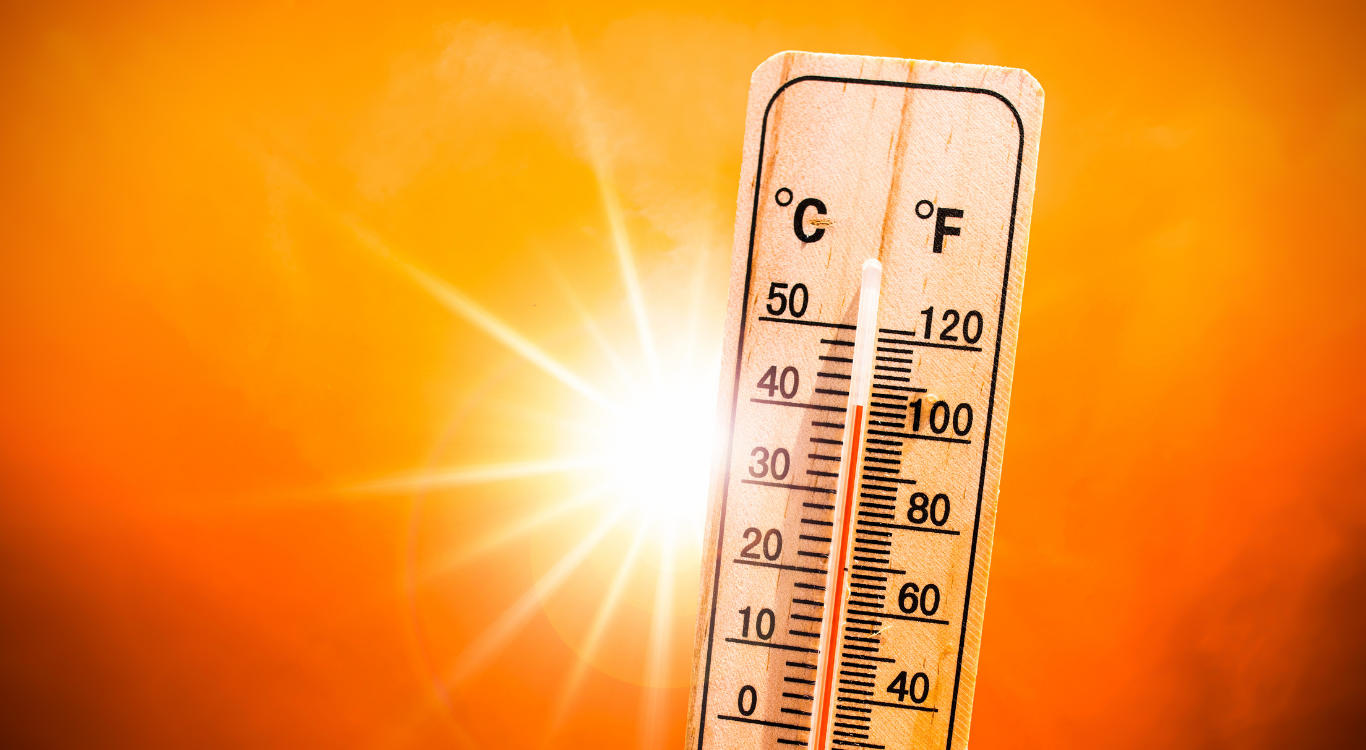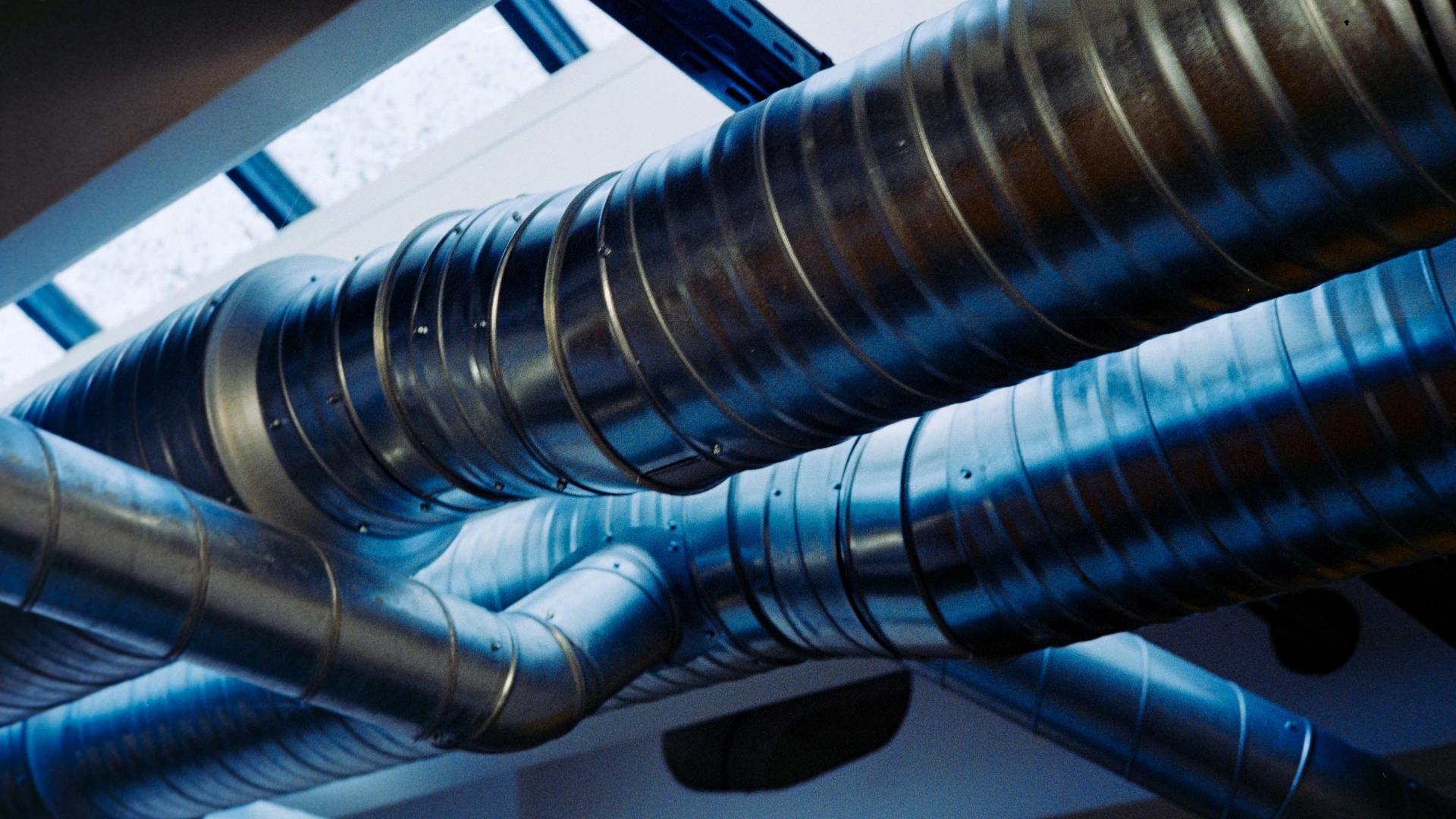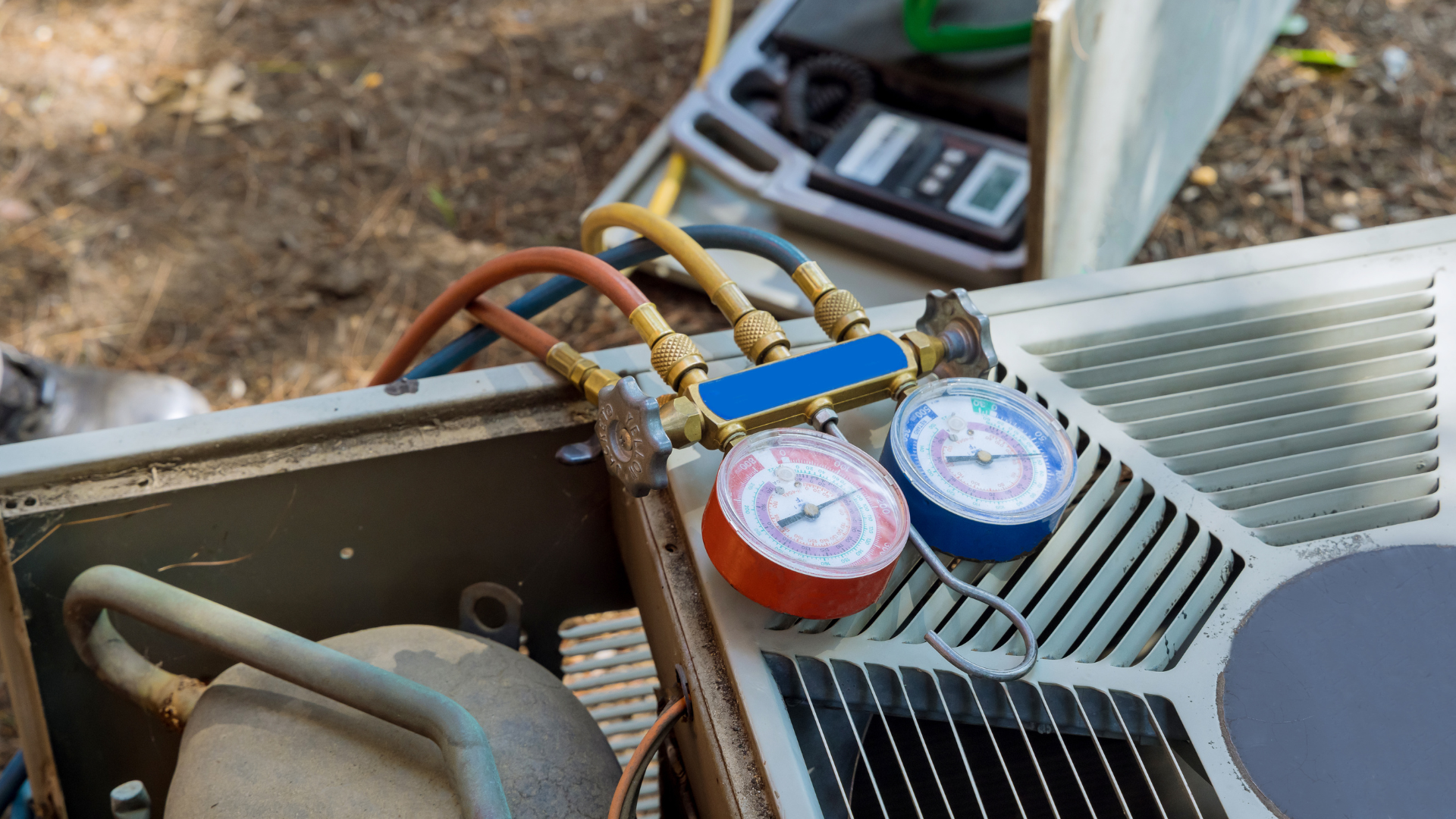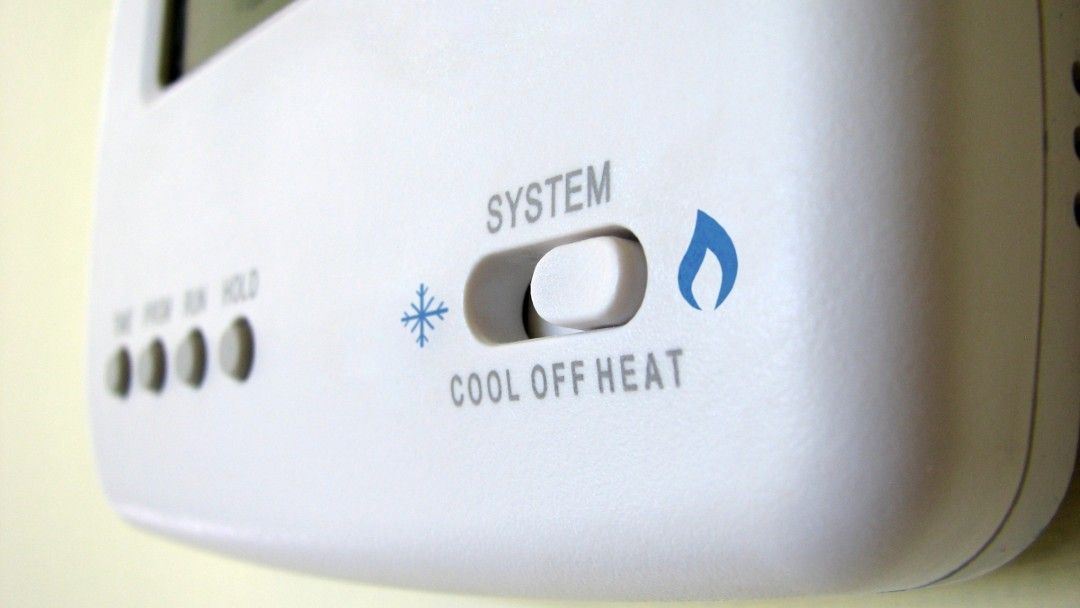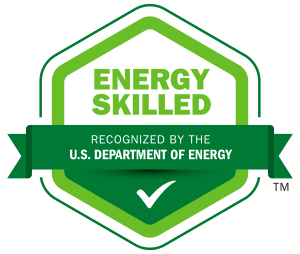BLOG ARTICLE
How a Dehumidifier Can Extend the Life of Your HVAC System
Featuring the UltraMD33 Ultra Series by Santa Fe
In humid climates like Tennessee, your air conditioner does more than just cool — it also removes moisture from the air. But in many homes, especially during shoulder seasons or mild weather, the cooling system can't keep up with latent (moisture) loads. That means your HVAC system may struggle, cycle more often, or operate inefficiently — all of which can shorten its lifespan.
That’s where a dedicated, whole-home dehumidifier comes in. When properly installed, a dehumidifier can take off the humidity burden, letting your HVAC system focus on temperature control. Over time, that means less wear and tear, fewer breakdowns, and extended longevity.
In this article, we’ll dig into how this works — using solid principles, real data, and the specs of the UltraMD33 Ultra Series (Santa Fe), so your customers understand the real value of combining dehumidification with their HVAC system.
The Problem: Humidity Isn’t Just Comfort — It’s Stress
1. HVAC systems have dual loads: sensible + latent
- The sensible load is cooling (lowering the temperature).
- The latent load is dehumidification (removing moisture).
On very hot days, your AC often addresses both. But when outdoor conditions are milder, many systems cycle off quickly before moisture is fully removed. This leaves relative humidity in the “sticky” zone (60%+), making occupants feel warmer and prompting thermostat settings to drop further.
Building science guides (e.g., PNNL’s Whole-House Dehumidification guide) note that oversizing and short cycling exacerbate latent load issues.
2. When humidity is high, AC works harder
High indoor humidity makes people feel warmer at the same temperature. For example, 75 °F with 70% RH feels less comfortable than 75 °F with 50% RH. Many homeowners respond by lowering their thermostat, which forces the AC to run longer (and more frequently). More runtime = more wear.
Also, AC systems typically dehumidify only while they run. When they’re off, humidity creeps up, causing the next cycle to pick up the slack.
Multiple HVAC resources point out that supplemental dehumidification can reduce HVAC strain and lower energy use.
3. Moisture accelerates mechanical stress and component degradation
- High humidity can corrode metal parts in coils, fittings, and ductwork.
- Condensation and residual moisture contribute to mold, which can clog filters and restrict airflow.
- Damp conditions may lead to more frequent repairs (e.g., stuck dampers, water damage to control boards).
So the cumulative effect is that your HVAC system is fighting a hidden battle against moisture — and that fight shortens its working life.
The Solution: Pairing with a Dehumidifier
A whole-home dehumidifier like the UltraMD33 is designed to remove moisture independently of the cooling system. Let’s see how this synergy pays off.
UltraMD33: Key Specs & Capabilities
Here are some relevant features of the UltraMD33 Ultra Series (Santa Fe / Ultra-Aire):
| Feature | Detail |
|---|---|
| In-Wall Design / Wlim Profile | Only 5.75″ deep — fits in standard 2×6 or even 2×4 wall cavities. |
| Moisture Removal Rate | Up to 33 pints (≈ 4.125 gallons) per day under design conditions. |
| Efficiency | Around 4.25 pints per kilowatt-hour (pints/kWh) in ideal test conditions. |
| Noise level | ~46 dBA, making it relatively quiet for continuous operation. |
| Independent Operation | Can run independently of the HVAC blower (i.e. dehumidification without full AC call). |
Because of these features, the UltraMD33 is well-suited to operate as a companion to your HVAC system without imposing large physical or performance penalties.
How It Helps Your HVAC System
- Lower latent load on the AC: By shouldering the humidity removal, the UltraMD33 ensures the HVAC system spends less time chasing moisture. That reduces compressor and fan runtime.
- Reduced cycling and fewer starts/stops: Frequent on-off cycles are one of the worst stresses on HVAC systems. Dehumidification support helps avoid short cycling.
- Better temperature-humidity balance: With humidity under control, homeowners can raise the thermostat by a degree or two without sacrificing comfort, which further reduces HVAC runtime and load.
- Cleaner coils & airflow: With lower humidity, there’s less chance of moisture condensation buildup, biological growth (mold/algae), or clogged filters — all of which can restrict airflow and force the system to work harder.
- Stable indoor environment: Moisture swings (dry to wet) stress materials and system components (ductwork, seals, sensors). A dehumidifier helps smooth out humidity fluctuations, reducing stress.
Data, Research & Real-World Evidence
Energy & Runtime Reduction
- Industry sources assert that adding a dehumidifier can lower HVAC runtime and energy usage by offloading the latent load.
- Home comfort and HVAC blogs often cite real-world savings: for example, with better humidity control, homeowners can comfortably raise thermostat settings, reducing cooling costs.
Building Science Guidance
The PNNL “Whole-House Dehumidification” guide recommends supplemental dehumidification in climates where AC units struggle to maintain indoor RH below 60%. It cautions that systems sized purely for sensible load often leave latent load unaddressed — especially during milder weather.
Academic / Control Models
Research in HVAC control (e.g. model predictive control that includes humidity) shows that ignoring latent load results in poor humidity control and more strain on HVAC systems. Integrating moisture control into the system model leads to better performance and lower energy usage.
While the academic work is more theoretical, it reinforces the principle that humidity control is material to overall HVAC performance and longevity.
Installation & Best Practices to Maximize Lifespan Gains
Proper installation is critical — simply tacking on a dehumidifier won’t guarantee the benefits if it’s poorly integrated.
Key Considerations
- Sizing & capacity matching: The UltraMD33 is ideal for homes or zones up to ~1,200 ft² (under design conditions) per manufacturer specs. Oversizing or undersizing reduces effectiveness.
- Independent duct path or bypass mode: The dehumidifier should be ducted so it can draw return air and return dehumidified air efficiently. It may require its own return/supply run or duct tie-ins.
The UltraMD33 is designed to drain into hub drains or plumbing, which simplifies condensate management. - Control strategy & setpoints: Use a humidistat or integrated control so the dehumidifier runs when RH exceeds a target (e.g. 45–55%). Avoid “always-on” mode that may over-dry or waste energy.
Also coordinate dehumidifier operation with HVAC blower/fan settings to avoid static pressure issues. - Condensate drainage & trap design: Ensure proper gravity or pump-assisted drainage with a trap to avoid backflow or clogging.
- Maintenance & filter cleaning: Regular cleaning of filters and coils ensures optimal performance and prevents buildup that can undercut benefits.
How Much Life Can You Really Add?
Estimating exactly how many years a dehumidifier will extend an HVAC system is tricky — it depends on load profiles, local humidity, maintenance, system quality, and usage patterns. But we can reason qualitatively:
- Reduced compressor runtime and fewer cycles means less mechanical fatigue.
- Less exposure to moisture-related corrosion, clogging, or microbial growth.
- More stable operational conditions mean fewer abnormal stresses on sensors, coils, fans, and controls.
In many humid-climate installations, treating latent load is considered essential for achieving the “rated life” manufacturers expect (~15–20 years). Without that, systems tend to degrade faster, particularly in heat, humid zones like Tennessee. To explore dehumidifiers and air purification options, call or text us at (423) 741-5459.
SHARE THIS BLOG POST
MORE HVAC TIPS & TRICKS
Related BLOG Articles

